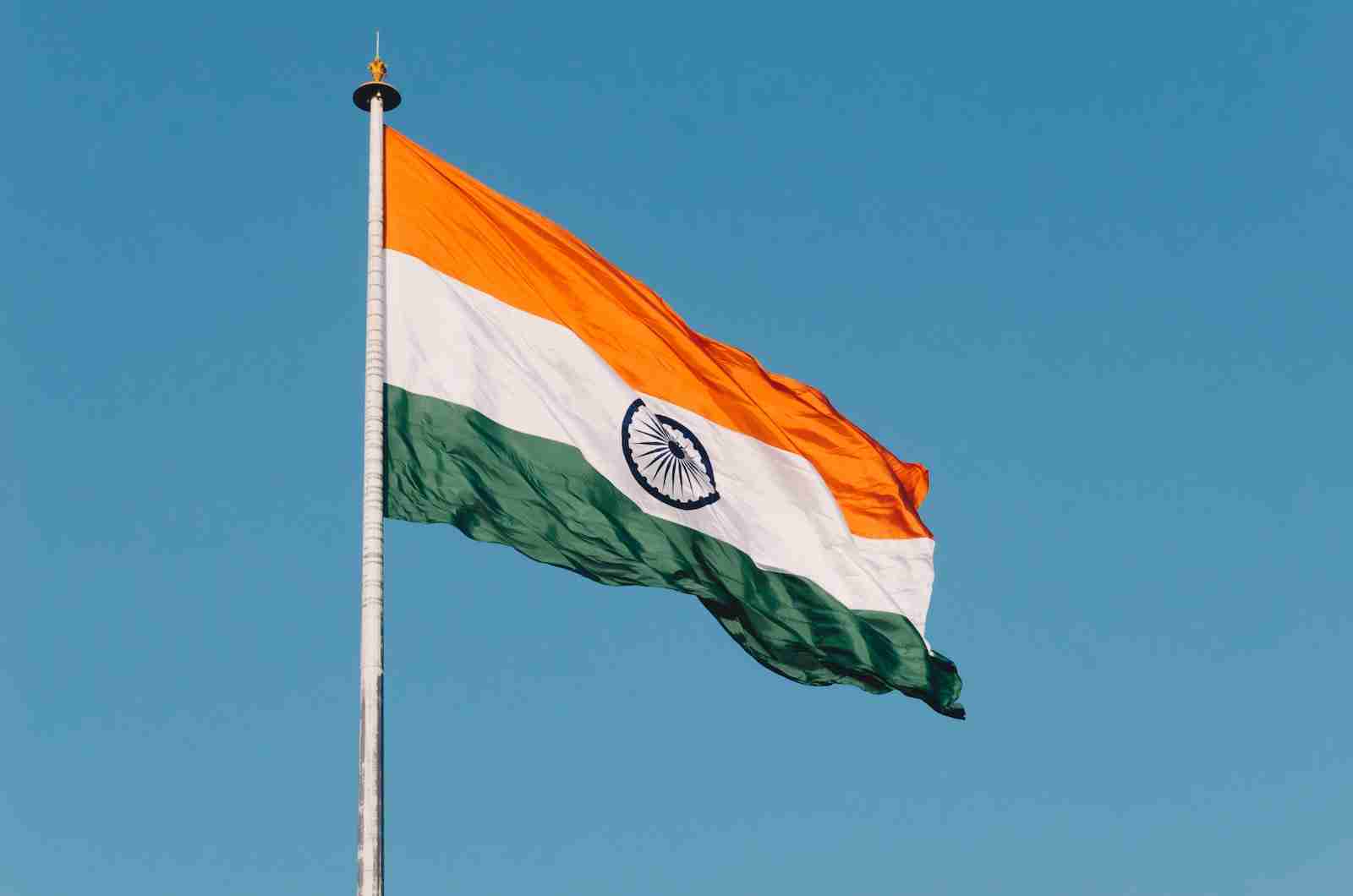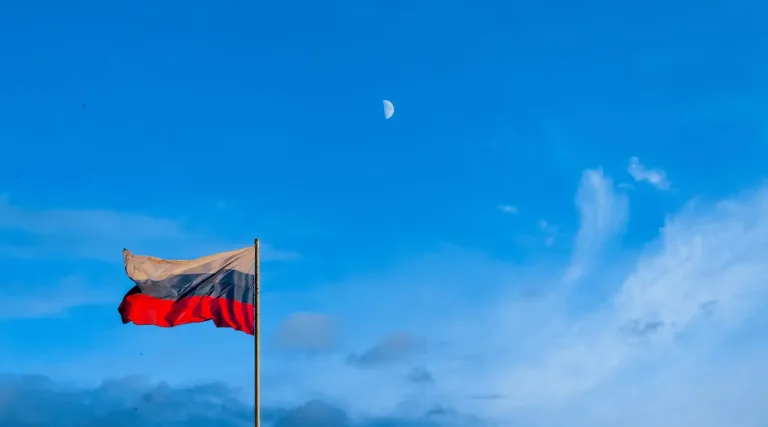25 Fun Facts About India | You Didn’t Learn in School
1. India is the seventh-largest country in the world by land area.
India proudly stands as the seventh-largest country globally by land area, covering a vast expanse of approximately 3.2 million square kilometers. It’s a land of diverse geographical features, from the towering Himalayan peaks to the expansive Thar Desert.
Despite its immense size, it is densely populated, and home to over 1.4 billion people, making it the second most populous country worldwide.
2. It is the birthplace of four major world religions.
This incredible land has given birth to four major world religions: Hinduism, Buddhism, Jainism, and Sikhism.
These profound belief systems have not only shaped India’s cultural tapestry but have also left an indelible mark on the spiritual landscape of the entire world.
3. India is the world’s largest democracy.
Now, let’s talk democracy. India stands tall as the world’s largest democracy, a testament to the power of collective voices.
Imagine over a billion citizens participating in the democratic process, casting their votes, and steering the nation’s course. It’s a monumental example of people’s power in action.
4. The concept of zero was invented by India.
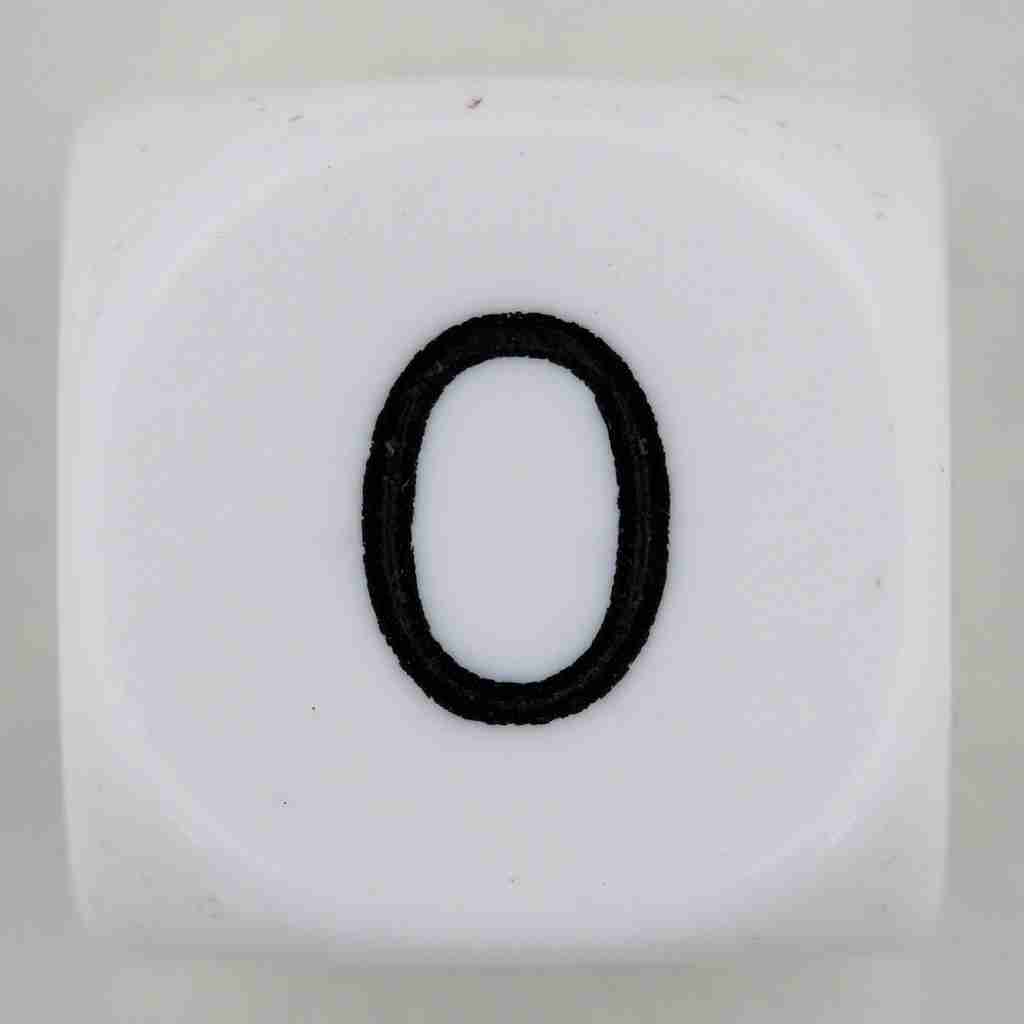
The idea of zero, a cornerstone in mathematics, was first conceived by the brilliant Indian mathematician Aryabhata.
His revolutionary insight laid the foundation for modern numerical systems, enabling complex calculations and advancements in various fields.
5. India is home to the world’s highest cricket ground.
India proudly hosts the world’s highest cricket ground, a testament to the country’s enduring love for the sport. Established in 1893 by Bhupinder Singh Maharaja of Patiala, the ground is nestled in Chail, a serene summer retreat.
Positioned at an impressive altitude of 2444 meters above sea level, it stands as a unique merge of sport and sublime natural beauty.
6. The world’s largest producer of milk is India.
India holds the distinguished title of being the largest global producer of milk. With an astounding annual output that reaches millions of metric tonnes, the country’s dairy industry plays a vital role in sustaining its vast population and supporting various dairy-based products.
This remarkable achievement showcases India’s pivotal role in the world’s agricultural landscape.
7. It’s the only country where lions and tigers can be found.
India is home to a unique natural wonder – it’s the only country where both lions and tigers roam freely in the wild.
The Gir Forest in Gujarat shelters the majestic Asiatic lions, while the central and northern regions are blessed with the grandeur of Bengal tigers. This distinctive coexistence of two apex predators showcases India’s rich biodiversity.
8. The game of chess was invented in India.
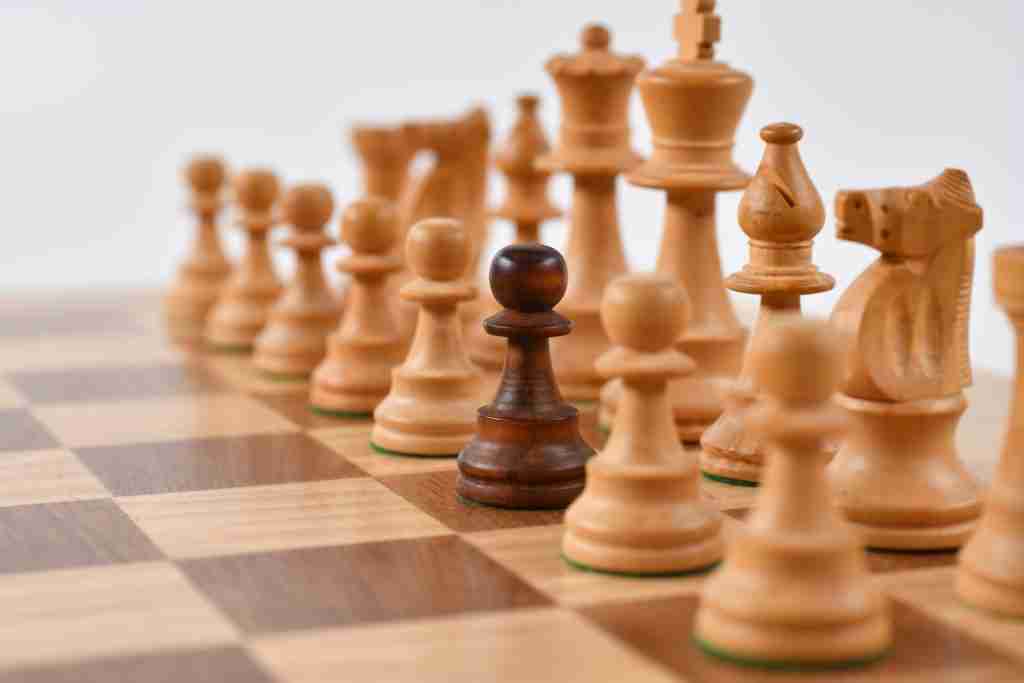
The origins of chess can be traced back to ancient India, where it was known as chaturanga. This intellectually stimulating game evolved over centuries, eventually spreading to different parts of the world.
Its strategic depth and engaging gameplay have made chess a beloved pastime for millions globally, thanks to its inception in India.
9. The first recorded account of plastic surgery was in ancient India.
India boasts a long history of medical advancements, with the first recorded instance of plastic surgery dating back to around 600 B.C. Ancient Indian physicians developed surgical techniques to reconstruct facial features.
This remarkable achievement underscores the early mastery of surgical practices in India, laying the foundation for advancements in the field of medicine.
10. India is known for having the world’s second-largest road network.
India boasts the world’s second-largest road network, a staggering testament to its vastness. With over 5.8 million kilometers of roads crisscrossing the country, it connects remote villages to bustling cities.
This extensive network facilitates transportation, supporting the nation’s economic growth and ensuring accessibility to even the most secluded corners.
11. The world’s oldest continuously inhabited city, Varanasi, is in India.
Nestled along the banks of the sacred Ganges River, Varanasi stands as the world’s oldest continuously inhabited city. Its ancient streets and ghats have witnessed over 3,000 years of human history, making it a spiritual and cultural epicenter.
Pilgrims and seekers from around the globe are drawn to Varanasi’s timeless aura, seeking solace in its sacred rituals and ageless wisdom.
12. The Sanskrit language, one of the oldest languages, originated in India.
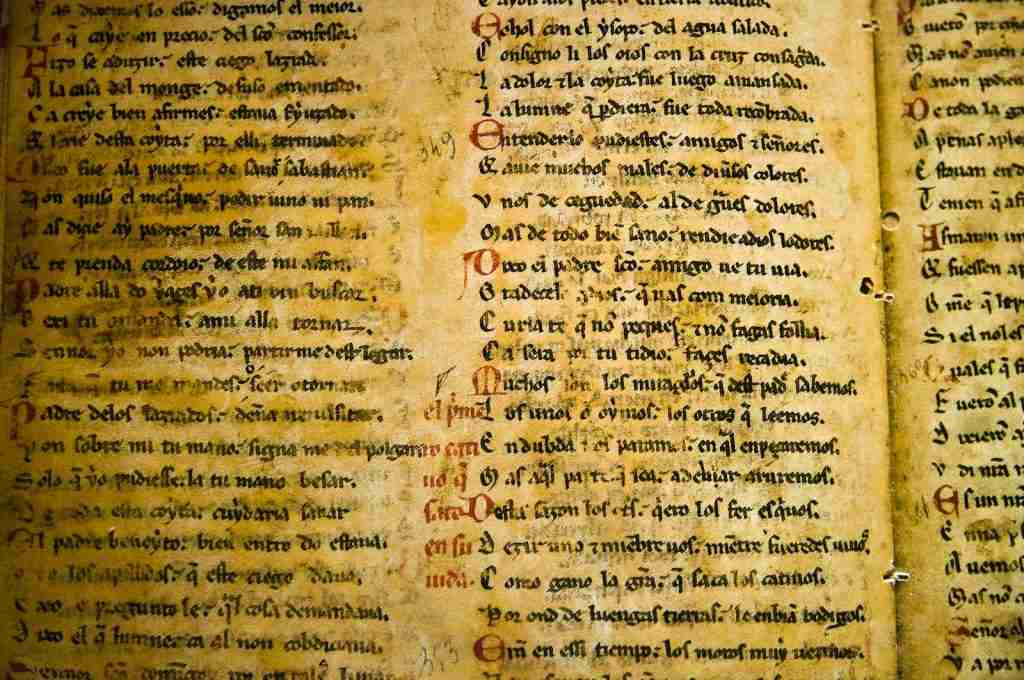
India takes pride in being the birthplace of Sanskrit, one of the oldest languages known to humanity. Rooted in ancient scriptures and texts, Sanskrit’s legacy endures in various modern Indian languages, and its influence extends globally, impacting linguistic and philosophical thought.
This linguistic treasure serves as a testament to India’s profound contributions to human civilization.
13. India’s national emblem, the Lion Capital of Ashoka, is over 2,000 years old.
India’s national emblem, the Lion Capital of Ashoka, dates back over 2,000 years. It’s a symbol steeped in history, representing India’s rich cultural heritage. This ancient relic stands as a testament to the enduring legacy of the country.
14. Yoga has its origins in ancient India, with its first mention in the Rig Veda.
Yoga, an ancient practice with roots in India, finds its earliest mention in the Rig Veda. This revered text, dating back thousands of years, alludes to the holistic approach to wellness and spiritual growth that yoga embodies.
It’s a practice that has transcended time and continues to benefit people worldwide.
15. The concept of shampooing originated in India, which is one of the fun facts about India.
The concept of shampooing finds its origins in India, where natural extracts like hibiscus were used for cleansing and nourishing hair.
This early practice laid the foundation for modern hair.
16. The first rocket in India was transported on a bicycle.
India’s pioneering step into space began in an unconventional way – the inaugural rocket was transported on a humble bicycle to the Thumba Launching Station in picturesque Kerala.
This symbolizes India’s resourcefulness and determination in its space endeavors. The feat showcased the ingenuity of the early Indian space program, exemplifying the dedication of scientists and engineers.
17. The famous monument, the Taj Mahal, changes color.
The iconic Taj Mahal, a testament to timeless love, exhibits a fascinating natural phenomenon. Crafted from exquisite white marble, its appearance shifts subtly with the changing hours.
At dawn, it blushes with delicate hues, while under the afternoon sun, it radiates a brilliant ivory glow. This metamorphosis, owing to the play of light, adds a magical aura to this architectural masterpiece.
18. The concept of binary code was first described by an Indian.
The roots of modern computing trace back to ancient India, where the brilliant mathematician Pingala conceptualized the binary code.
This binary system, utilizing only two digits, forms the foundation of contemporary digital technology. Pingala’s groundbreaking insight revolutionized mathematics and laid the groundwork for the digital age we thrive in today.
19. The world’s largest sundial, the Jantar Mantar, is in Jaipur, Rajasthan.
Nestled in the vibrant city of Jaipur, Rajasthan stands the colossal Jantar Mantar – the world’s largest sundial. This awe-inspiring astronomical marvel is a testament to India’s rich scientific heritage.
Built by the visionary Maharaja Jai Singh II, it stands tall and meticulously calibrated to measure time with astonishing accuracy.
20. India has the largest number of vegetarians in the world.
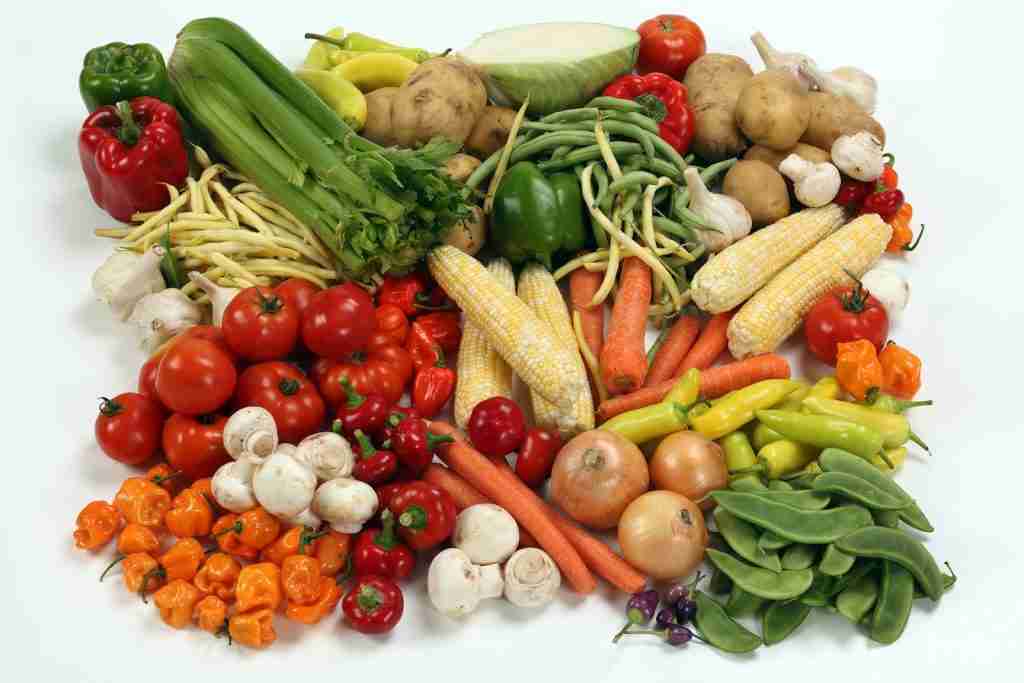
India takes the lead in having the most vegetarians globally. About 38% of the population follows a vegetarian diet, amounting to over 400 million people.
This choice is often rooted in cultural, religious, and health beliefs. Many Indians believe that a plant-based diet leads to a healthier and more balanced life.
21. India has the world’s second-largest pool of scientists and engineers.
India boasts the world’s second-largest community of scientists and engineers, just after the United States. This vibrant pool of intellectual capital, numbering in millions, fuels innovations across various industries.
Their contributions span from groundbreaking advancements in technology to critical breakthroughs in healthcare.
23. The Indian state of Kerala has the highest literacy rate.
Among the Indian states, Kerala shines with the highest literacy rate, an impressive 96.2%. This southern state places a strong emphasis on education, leading to a highly informed and aware populace.
This commitment to learning has been a driving force behind Kerala’s remarkable social and economic progress.
24. Cows are the most sacred animal in India.
In India, cows hold a revered status. They are considered sacred in Hinduism and are protected by law in many states.
This deep cultural reverence for cows has shaped various aspects of Indian society, influencing everything from agriculture to dietary choices.
25. India was the first country to mine diamonds.
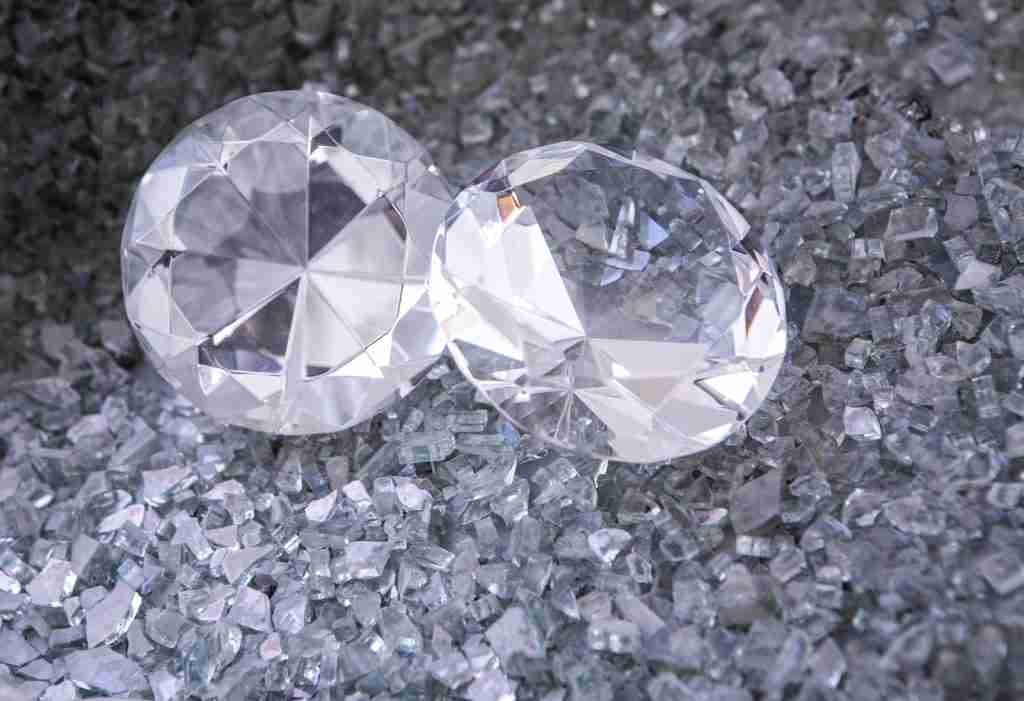
India holds the distinction of being the first country to engage in diamond mining. The ancient Golconda mines in present-day Telangana were renowned globally for their diamond production.
This historical feat established India’s longstanding connection with the precious gem industry.
FAQs
The number one tourist place in India is the Taj Mahal. Located in Agra, it is a beautiful marble mausoleum built by Emperor Shah Jahan. The Taj Mahal attracts millions of visitors each year from around the world.
India is a linguistically diverse country with 22 officially recognized languages. However, the total number of languages spoken in India is estimated to be over 700, including dialects.
One of the most famous things in India is the Taj Mahal, a historical monument known for its stunning architectural beauty. Apart from this, India is also renowned for its diverse cultures, various languages, and a rich history of ancient civilizations and religious traditions.
India does not have an official national dish. However, some might consider dishes like Biryani, Rogan Josh, or Khichdi to symbolize Indian cuisine due to their immense popularity and wide-ranging regional variations across the country.
India shares its borders with Pakistan to the northwest, China, and Nepal to the north, Bhutan to the northeast, and Bangladesh and Myanmar to the east. Additionally, it is close to Sri Lanka, separated by the Indian Ocean.

